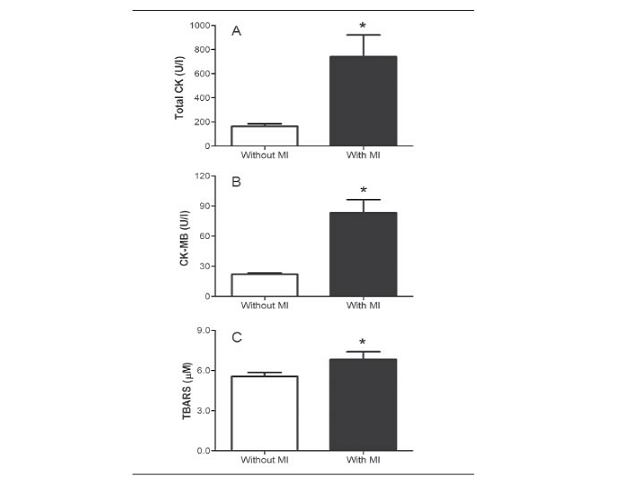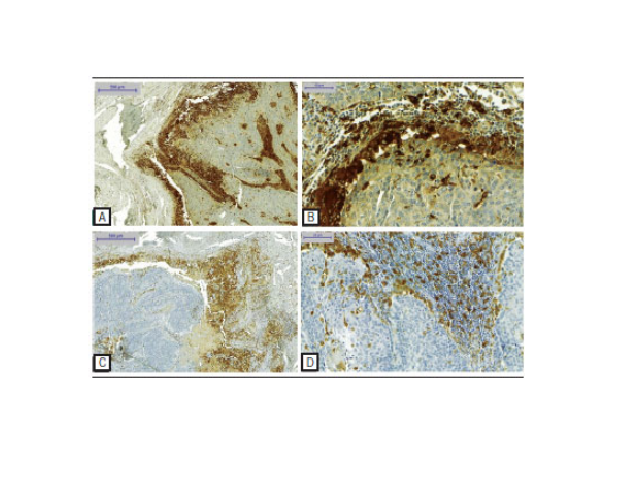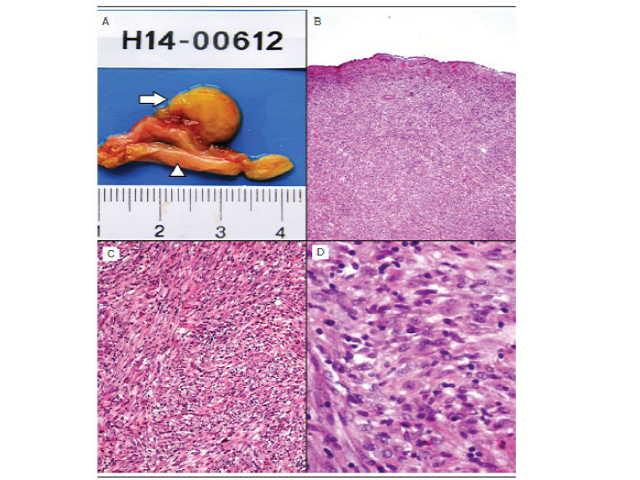JBPML puts its commitment to the care of safety in the laboratory
Silvana Maria Eloi-SantosJ. Bras. Patol. Med. Lab. 2015;51(6):358DOI: 10.5935/1676-2444.20150056 ABSTRACT In 2009, the US Food and Drug Administration (FDA) approved the Clinical and Laboratory Standards Institute ([CLSI] – formerly NCCLS) consensus standard for auto verification of clinical laboratory test results(1). That guideline provides a general framework that allows clinical laboratories to propose, implement, validate, and […]
JBPML puts its commitment to the care of safety in the laboratory Read More »




